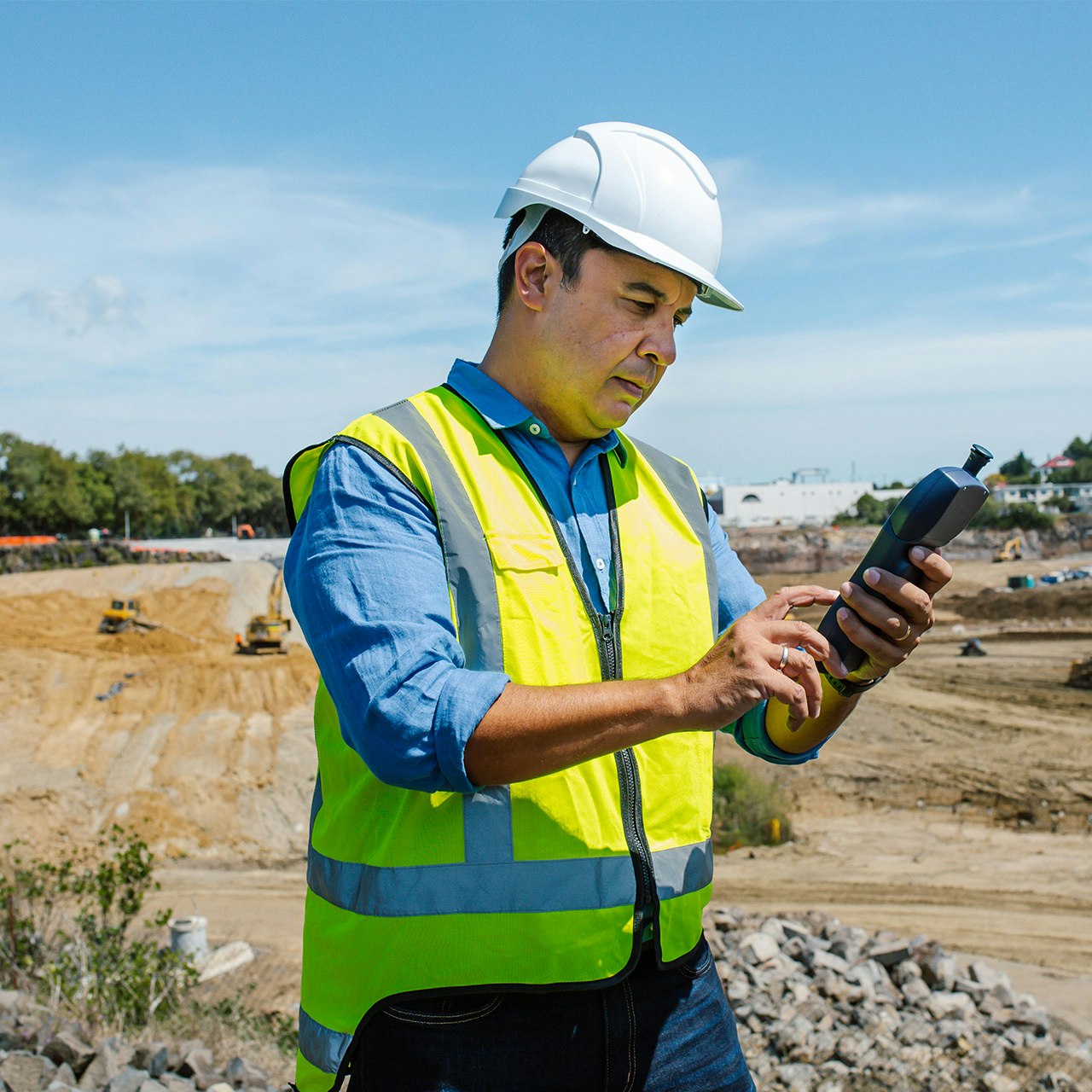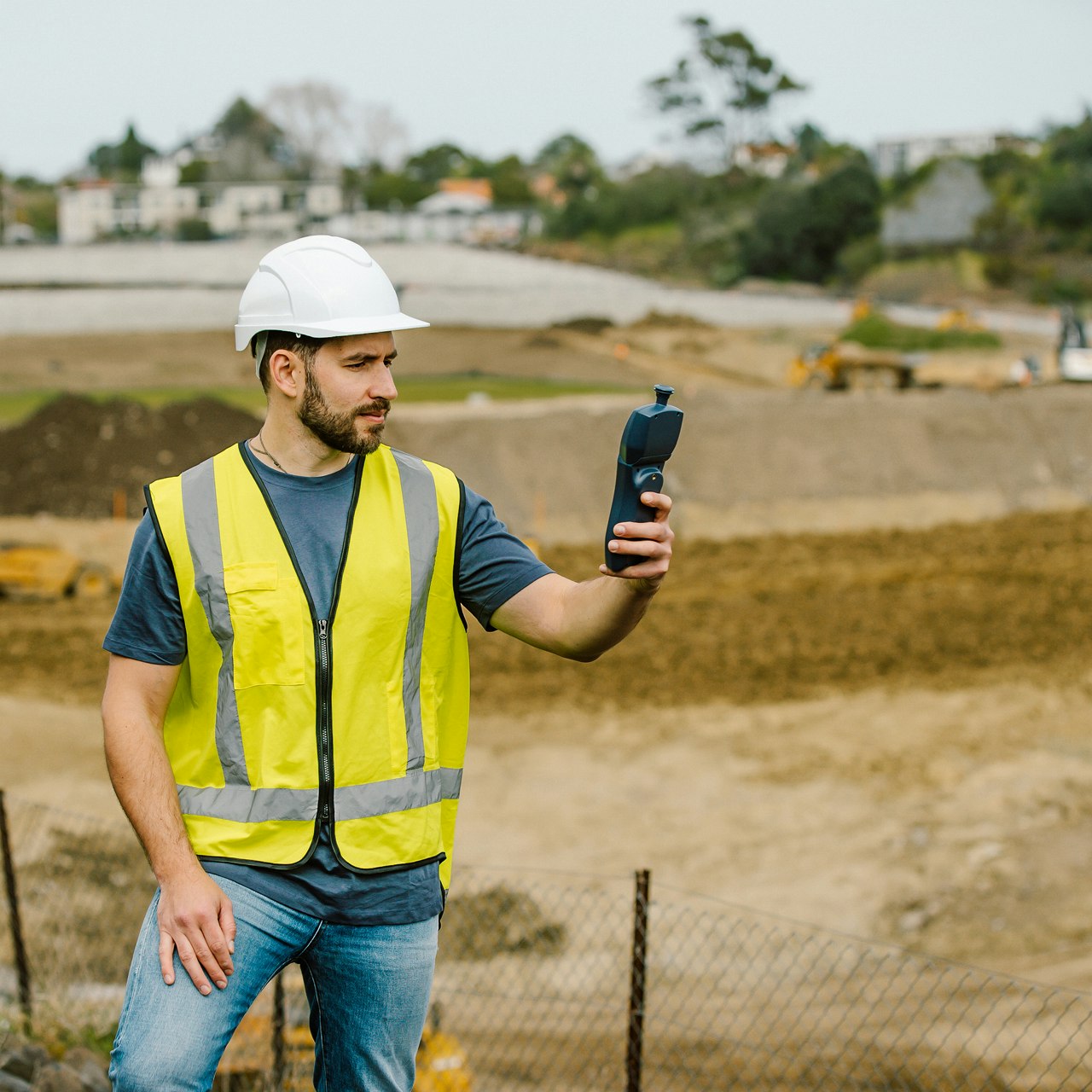Case Study
Texas Landfill Study Gathers Large Scale of Quality Data on a Limited Budget
Modern Geosciences, trusted environmental advisors, delivered an air quality study within budget for a major US landfill complicated by localized emission sources.
Project Details
Project
Modern Geosciences
Location
United States
Date
2016 - 2017
Services
3 x AQM 65 Compact Air Quality Stations
Measurements
PM10, PM2.5, tVOC, H2S, ozone, methane, and noise
Sector
Brownfield Redevelopment
The customer
Modern Geosciences, based in Colleyville, TX, is a trusted environmental advisor to industrial, commercial, retail, and government sectors. Through the use of innovative equipment and effective sampling designs, Modern Geosciences helps their clients understand concerns related to air quality during remediation projects, at industrial operations or production facilities, and within ambient air sheds.
The problem
Like everything in Texas, the landfills are bigger! At almost 1,000 acres this facility is one of the largest in the southern United States and accepts about 2 million tons of waste annually from the surrounding communities. Operated by a municipality intent on minimizing its carbon footprint, over 5 million cubic feet of landfill gas is collected each day amounting to an estimated $1.6 million in natural gas sales annually. With careful environmental management, the facility will have capacity for another 40 years.
Nearby residents had voiced concerns about air quality, specifically dust, odor, and noise complaints. One mile to the west of the landfill is a Sensitive Receptor Area (SRA) consisting of residential, schools, and recreational parks. However, between the SRA and landfill is a high traffic corridor and an industrial corridor (businesses using chemicals, small landfills, gas stations, and salvage yards). In addition to the landfill, 34 possible industrial emission sources were identified which compounded the issue.
In response, the City proposed a comprehensive study to: (1) Determine if there are air quality issues near the landfill and if so, collect data that could aid in determining possible sources; and (2) Identify areas where improvements at the landfill could lessen air quality impacts to the neighboring community.
The solution
The City selected Modern Geosciences, to review the study area for possible sources and contaminants, determine optimum monitoring sites, inspect the perimeter areas around the landfill, complete the air quality evaluation, and provide findings and recommendations. The scope included continuous sampling for PM10, PM2.5, total volatile organic compounds (tVOC), ozone, hydrogen sulfide, methane, and noise. Discrete sampling included over 50 target VOCs evaluated by gas chromatography-mass spectrometry (GC-MS). The study specified multiple monitoring sites plus wind speed and direction data for accurately determining source apportionment.
In the past, continuous defensible data for this range of air pollutants required reference air quality analyzers. However, this approach is expensive for multiple sites and entails additional infrastructure for operating in tough conditions. To fulfill the project brief, Modern Geosciences purchased three AQM 65 Compact Air Quality Stations from Aeroqual’s distributor JJ Wilbur Co. The team affectionately named each AQM 65 after First Ladies, Edith, Ida, and Eleanor, in a nod to the trusted role they would play in the study. The stations were installed at three monitoring sites: at a Fire Station located in the SRA, on the landfill Administrative Building close to the industrial corridor, and at an anticipated downwind facility.
Measurements were also collected at seven discrete monitoring points to supplement the continuous data. Each AQM 65 collected 45,000 continuous readings for PM10, PM2.5, tVOC, H2S, ozone, and methane as well as wind data during the 5-week monitoring program over the summer.
“The Aeroqual stations gave us defensible data for multiple pollutants within budget and were easy to deploy onsite.”
Kenneth Tramm, PhD, PG, CHMM
Modern Geosciences
Evaluation
Collected data quality was very high. PM measurements from AQM-1 and AQM-3 located outside the landfill exhibited good correlation with the TECQ CAMS station situated 12 miles away. Exceedances of the 35 g/m3 NAAQS criteria for PM2.5 were observed from AQM-2 located inside the landfill which were attributed to diesel engine exhaust. Consistent with the regional background, exceedances of the NAAQS for ozone (0.070 ppmv) were noted for brief periods in 8-hr TWA data from all sites. No significant impacts of tVOC (>0.100 ppmv) were exhibited at the off-site discrete or continuous monitoring points. An elevated tVOC event (0.119 ppmv) was noted at AQM-1 in the SRA. Modern Geosciences used GC-MS results to field verify the source of the discreet event as oven cleaning chemicals used within the Fire Station.
Based on the data collected in the study the landfill did not appear to impact the SRA. However, several items were noted at the landfill that could not only enhance their compliance program but lessen the potential for future impacts to the SRA or surrounding communities. The City has asked Modern Geosciences to repeat the study in the near future after planned improvements are completed.
Related products
Want to learn more?
If you’d like to know more about this case study, or to discuss your air monitoring requirements, please get in touch.












